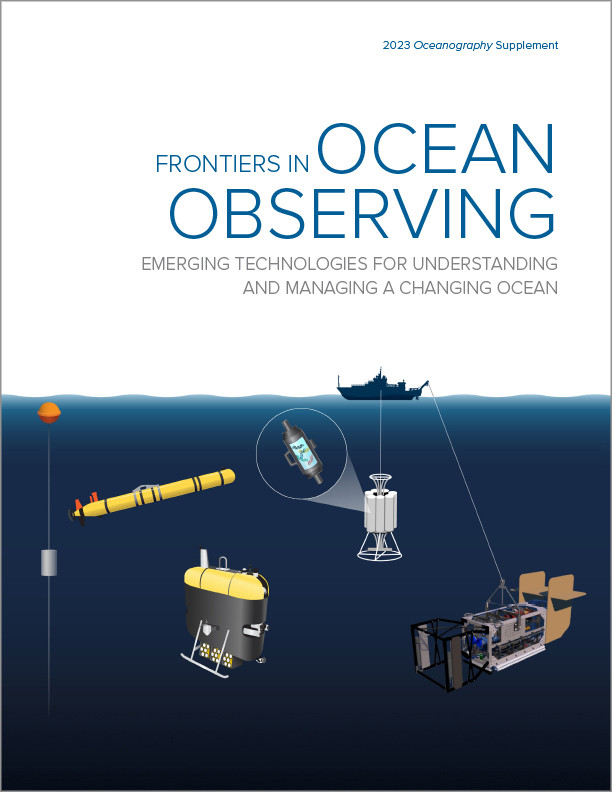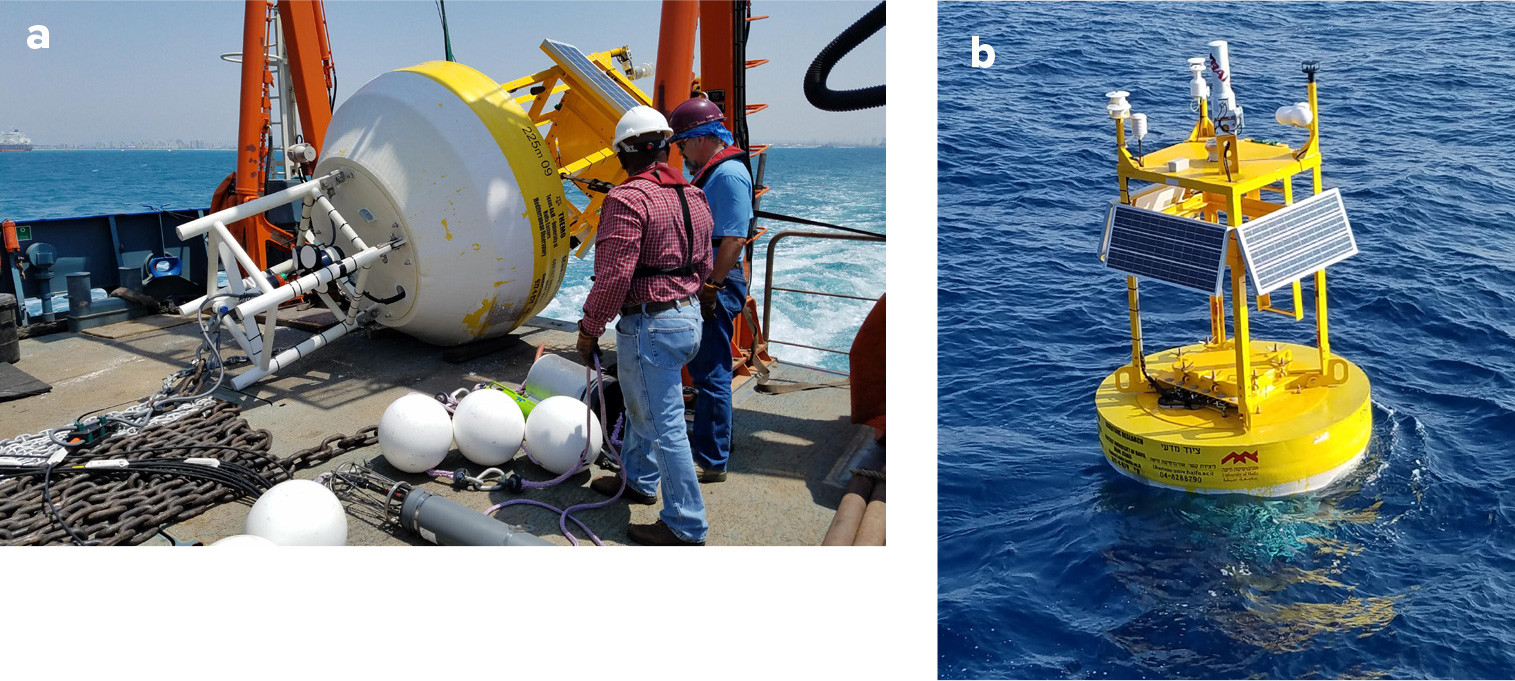Full Text
The need for sustained long-term measurements of the ocean has increased due to climate variability and societal desire to mitigate the impact of natural disasters on coastal communities. Knowledge about key ocean variables is essential for monitoring and predicting long-term ocean variability, and real-time capability is needed to inform short-term forecasting systems to assist coastal managers and response teams. Ocean observatories collect oceanographic data for scientific and societal reasons, and open access to these data enables their use by the general public, decision-makers, and stakeholders.
Established in 2014, THEMO is a partnership between Texas A&M University and the University of Haifa to service the eastern Mediterranean Sea nexus of economic, environmental, industry, and scientific interests. The observatory is based on the Texas Automated Buoy System (TABS), which provides near-real-time MetOcean information to regional coastal managers and decision-makers in the context of offshore energy operations (Walpert et al., 2021). TABS data are used to guide emergency response in the event of accidental environmental releases (oil/gas leaks, spills, contamination) and environmental hazards, (severe weather and harmful algal blooms), and to advance scientific understanding of MetOcean processes. THEMO is standing watch in the eastern Mediterranean to provide the same community service.
THEMO is comprised of two real-time reporting 2.25 m diameter surface discus buoys (Diamant et al., 2018; Figure 1). The deep-water (1,500 m depth) buoy, deployed November 2018, is 80 km from the Israeli coast in the Levant Basin (32.79°N, 34.38°E). The shallow (124 m depth) buoy, deployed in June 2017, is 8 km from the northern Israeli coast (33.04°N, 34.95°E). Both buoys are equipped with MetOcean sensors that collect atmospheric (temperature, pressure, wind, humidity) and sea surface (temperature, fluorometer, velocity) observations. Data are relayed in near-real time to the University of Haifa for processing and dissemination via HF radio communication. A McLane profiler (MMP) at the deep location, deployed in August 2019, provides subsurface oceanographic data: conductivity, and temperature measurements and bottom-mounted acoustic Doppler current profiler (ADCP) data. A stand-alone McLane sediment trap (MK8-13) collects particulate material at monthly intervals.
|
|
Data analysis has revealed the temporal evolution of the hydrographic vertical structure and surface mixed layer of the region, surface gravity wave climatology, vertical current structure, and the presence of particle deep resuspension and transport events 200–400 m above bottom.
All data from the mooring sites are processed with internationally recognized quality-assurance and quality-control protocols (Diamant et al. 2020). Increases in oil and gas exploration in the basin will increase the value of THEMO’s data to the general coastal population to mitigate potential damage from natural and accidental hazards.


